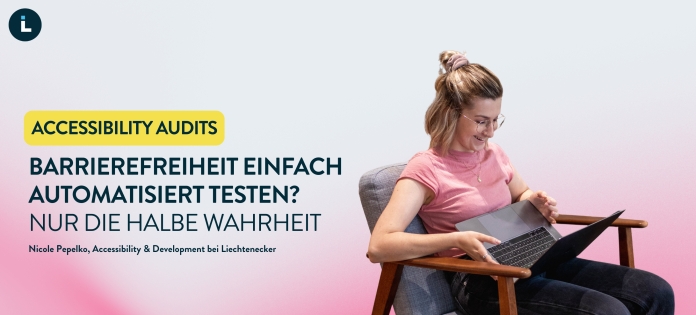
At the Liechtenecker Lab we like to explore all kind of interactions. Some are less obvious than others. For example, have you ever asked yourself, if your nondescript plant on your window sill communicates with you? And if so, how it does? Maybe it is desperately in love with you and seeks your attention everytime you come near. Therefore its leaves vibrate unvisibly everytime you look in its direction. Or maybe it thinks you are utterly repellant and hopes you leave it alone. That’s why its roots soak in just a little bit more water from the soil than normal as a sort of binge eating reaction out of depression from the situation of being trapped in a home with someone it hates. Or it might just has no feelings for you at all but instead has a total crush on your cat.
Never thought about all this? Well, we did. Why? Because in our endless search for the best ways to interact with digital devices we also think, that in the future everything will communicate with those devices as well. And those interactions need good user experience and design to feel naturally and therefore are more likely to be used and accepted.
But as we all know – the future is now and we are not here to wait until those innovations come to us. Instead we want to create.
Design for plant empathy
As a result we first learned a lot about our plant in our little cozy room in the office – a room where you can sit in a comfy chair and have chats with colleagues or just work in silence. What kind of plant is it? What’s its physiology? And so on. Next, we dived in a lot of scientific researches on plant neurobiology. We found out, that plants don’t have nerve cells like humans, but they do have a system for sending electrical signals and even produce neurotransmitters, like dopamine, serotonin and other chemicals the human brain uses to send signals. They even might have some kind of memory. First thought that came to our minds when reading those papers – we’re onto something and we are not totally crazy in our quest to proof that Agatha – the name we gave our plant in the cozy room – has feelings for us.
After months and a lot of trial and errors Agatha can finally communicate with us in a very basic way. Via an iPhone App the sensors attached to the plant forward the signals that we categorized in like or dislike for a person. So Agatha is not a chatterbox yet, but we can respect her feelings from now on. That’s why I am very welcome to take a seat next to her, but my colleague Silvio might be banned from doing that to not stress her out.
Take a look at the video to get a glimpse of the interaction we built. We will soon publish a follow up article where we describe the technical backgrounds on all this but for now – be aware of the feelings of the plants around you.
Du willst mit jemanden über das Thema plaudern?
Einen kostenlosen Termin mit CEO Susanne vereinbaren!Barrierefreiheit einfach automatisiert testen? Nur die halbe Wahrheit
Für viele Unternehmen ist digitale Barrierefreiheit mittlerweile Pflicht – sei es aus gesetzlichen Gründen (Stichwort: BITV, WCAG, EAA) oder aus unternehmerischer Verantwortung gegenüber allen Nutzer:innengruppen. Doch der Weg zu einer barrierefreien Website oder Anwendung beginnt oft mit einem Accessibility Audit. Und genau hier warten die ersten Hürden.
Jetzt lesenEpisode #9 mit Oliver Schöndorfer
In dieser Folge zieht uns Oliver mit seinem unbändigen Enthusiasmus in die Welt der Schriften hinein. Jede Website schaut mittlerweile gleich aus? Keine Ausrede mehr; die Schrift ist die Stimme deiner Marke, mach was draus!Willkommen zum [...]
Jetzt anhören





